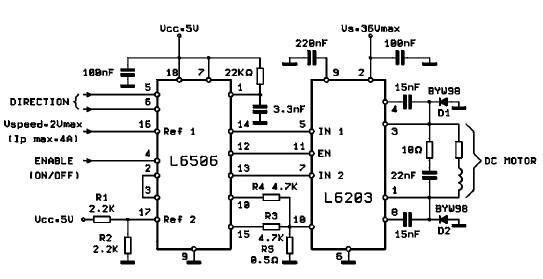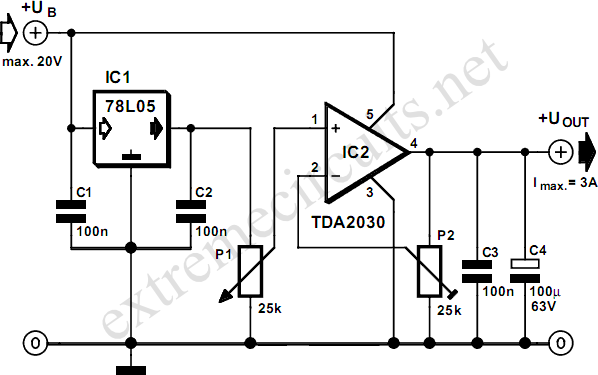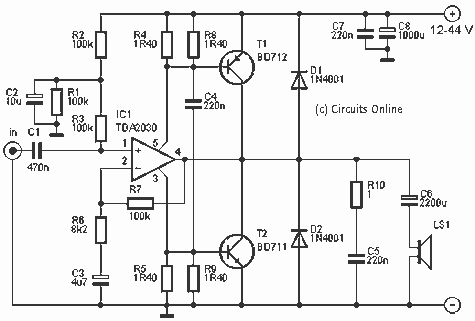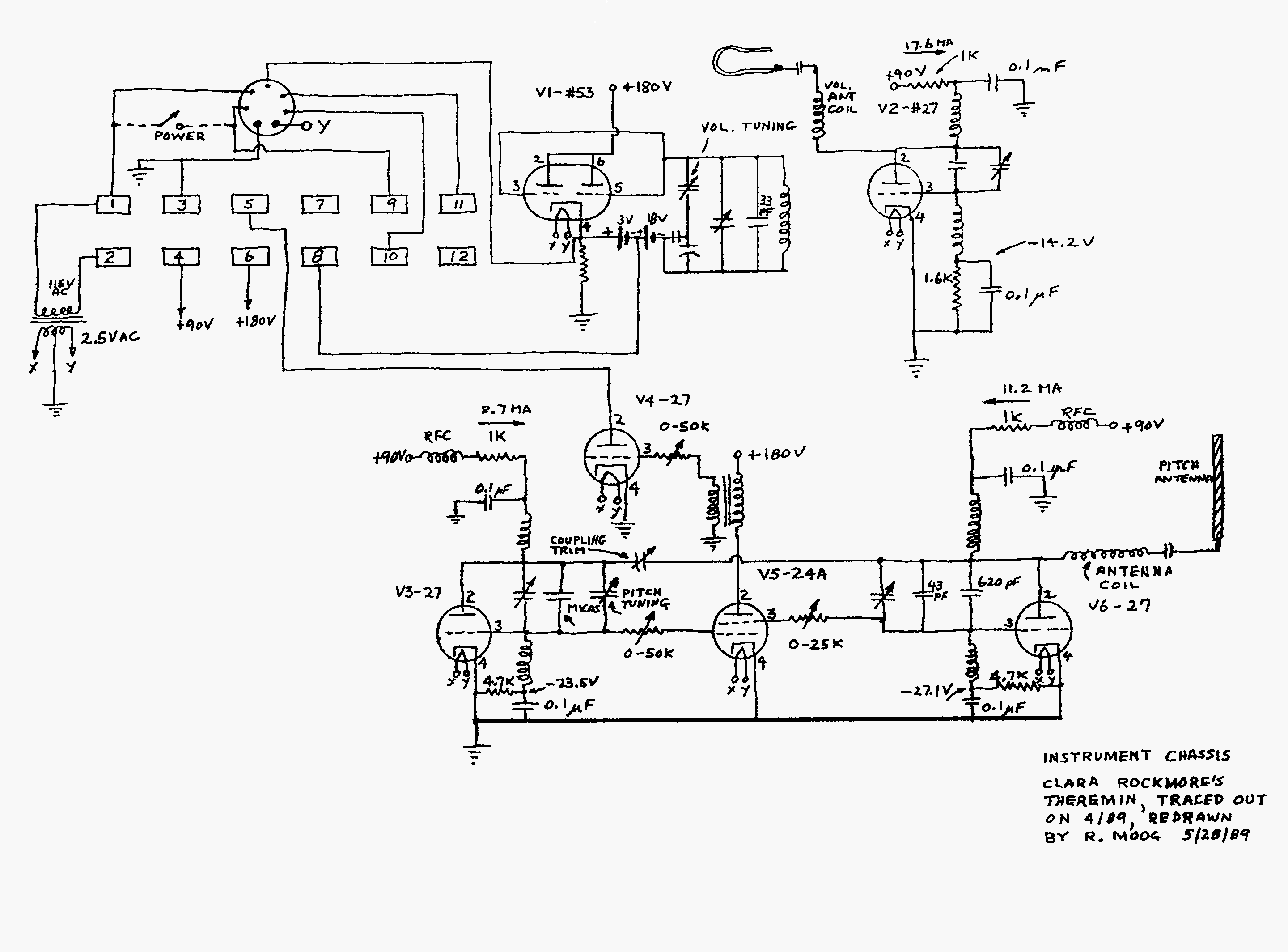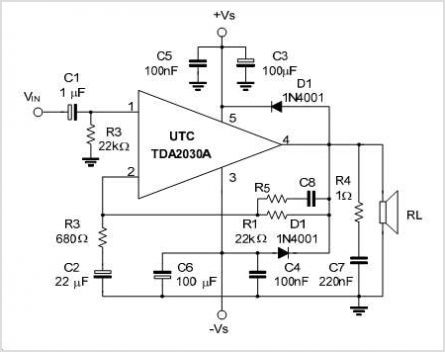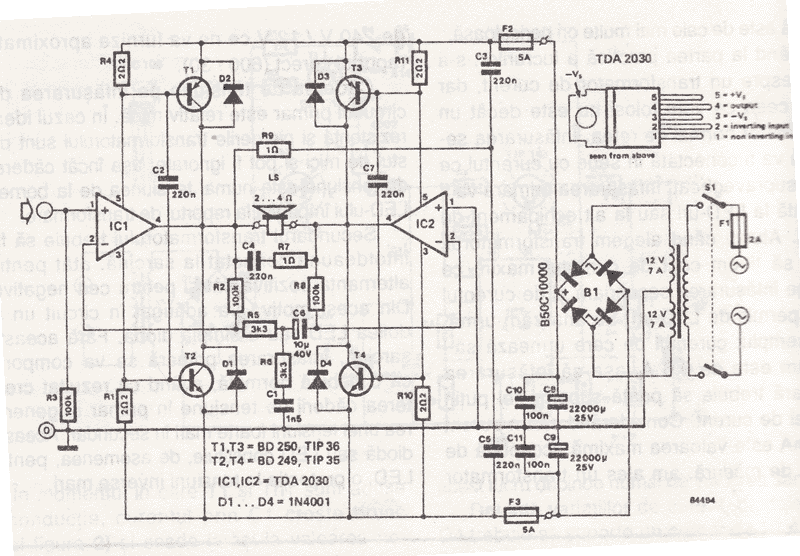
The 203 Theremin
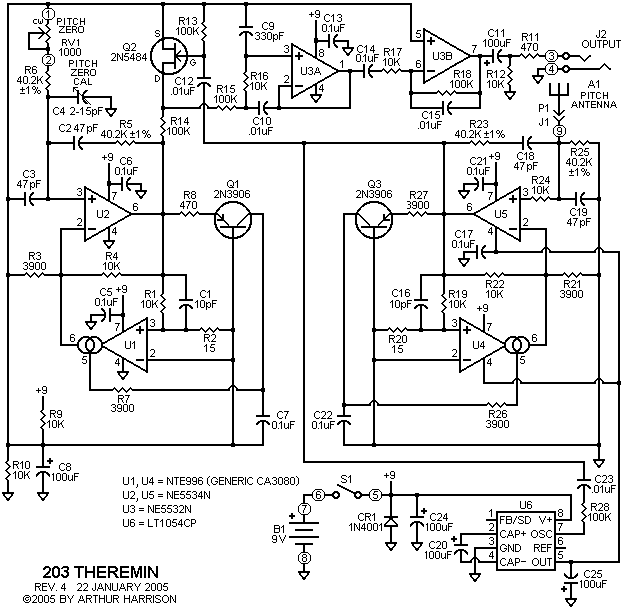
The 203 Theremin employs Wien-bridge oscillators in a heterodyne configuration to create an audible tone that varies with hand position. It operates on a 9-volt battery, ensuring convenience and safety within a compact enclosure. This instrument is a pitch-only theremin designed primarily for use with an external amplifier and speaker, though it can directly drive headphones due to its adequate output power. The top of the unit features a jack for the antenna assembly, which includes a support rod and a 6-inch square metal plate. Additionally, the top panel contains an on-off switch and a pitch zero control, while a 1/8-inch monophonic phone jack for output is positioned on the side. It is important to note that the 203 Theremin is susceptible to interference from various sources, including power lines, fluorescent lighting, incandescent lamp dimmers, and computers. Such interference can modulate the output tone, potentially making it unsuitable for applications requiring high fidelity. In some instances, relocating the theremin may mitigate interference effects. Despite these challenges, the 203 Theremin is an excellent choice for practice and demonstration purposes due to its portability, stability, and pleasing tone quality. An accompanying MP3 sound sample was recorded under typical conditions, and results may vary. A graph illustrating the approximate relationship between pitch and hand distance for the 203 Theremin, when constructed and calibrated as specified, is also available.
The 203 Theremin circuit design incorporates a pair of Wien-bridge oscillators configured in a heterodyne arrangement, which is fundamental in generating the audible tones that the instrument produces. The Wien-bridge oscillator is known for its ability to create stable frequencies with low distortion, making it ideal for musical applications. The heterodyne configuration allows for the mixing of two frequencies, resulting in a difference frequency that corresponds to the pitch detected by the player's hand position.
The power supply for the 203 Theremin is provided by a 9-volt battery, which not only enhances portability but also ensures safe operation without the need for external power sources. This feature is particularly advantageous for performances in various settings, where access to power outlets may be limited.
The antenna assembly plays a crucial role in the performance of the theremin. The 6-inch square metal plate acts as a capacitance sensor, detecting changes in the electric field caused by the proximity of the player's hand. This interaction influences the oscillation frequency, thus altering the pitch of the produced sound. The support rod is designed to securely hold the antenna in place while allowing for easy adjustments.
User controls on the top panel include an on-off switch for easy operation and a pitch zero control, which allows the performer to calibrate the instrument to a desired baseline pitch. The 1/8-inch monophonic phone jack on the side provides a straightforward output connection, enabling the theremin to be connected to amplifiers or headphones for sound output.
Interference from external sources is a known challenge for the 203 Theremin. The circuit's sensitivity to electromagnetic fields can lead to modulation of the output tone, which may be problematic in high-fidelity applications. Users are advised to test the theremin in different environments to find optimal conditions and minimize interference effects.
Overall, the 203 Theremin stands out as a versatile instrument suitable for both practice and demonstration, thanks to its compact design, ease of use, and the rich tonal quality it can produce. The accompanying documentation, including sound samples and calibration graphs, provides valuable insights for users looking to maximize their experience with the instrument.The 203 Theremin utilizes Wien-bridge oscillators in a heterodyne configuration to produce an audible tone that corresponds to hand position. The instrument provides the convenience and safety of 9-volt battery operation, in a compact enclosure.
It is a pitch-only theremin, primarily intended for use with an external amplifier and speaker, although it has sufficient output power to drive headphones directly. A jack on the top of the unit accepts the antenna assembly that consists of a support rod and a 6-inch-square metal plate. An on-off switch and a pitch zero control are located on the top panel, and a 1/8th-inch monophonic phone jack for the output is located on the side.
A note regarding external interference: The 203 Theremin is prone to interference from sources such as power lines, fluorescent lighting fixtures, incandescent lamp dimmers, and computers. Such sources will cause modulation of the instrument`s output tone that may render it unsuitable for certain applications where high fidelity is required.
In some cases, effects from interfering sources may be remedied by moving the theremin to a different area. Where absolute assurance of fidelity is not an issue, the 203 Theremin is highly suitable as a practice and demonstration instrument, due to its portability, excellent stability, and pleasing tone quality.
The MP3 sound sample below was recorded under typical conditions. Your results may vary. The following graph illustrates the approximate relationship of pitch and hand distance for a 203 theremin, when constructed and calibrated as specified in 🔗 External reference
The 203 Theremin circuit design incorporates a pair of Wien-bridge oscillators configured in a heterodyne arrangement, which is fundamental in generating the audible tones that the instrument produces. The Wien-bridge oscillator is known for its ability to create stable frequencies with low distortion, making it ideal for musical applications. The heterodyne configuration allows for the mixing of two frequencies, resulting in a difference frequency that corresponds to the pitch detected by the player's hand position.
The power supply for the 203 Theremin is provided by a 9-volt battery, which not only enhances portability but also ensures safe operation without the need for external power sources. This feature is particularly advantageous for performances in various settings, where access to power outlets may be limited.
The antenna assembly plays a crucial role in the performance of the theremin. The 6-inch square metal plate acts as a capacitance sensor, detecting changes in the electric field caused by the proximity of the player's hand. This interaction influences the oscillation frequency, thus altering the pitch of the produced sound. The support rod is designed to securely hold the antenna in place while allowing for easy adjustments.
User controls on the top panel include an on-off switch for easy operation and a pitch zero control, which allows the performer to calibrate the instrument to a desired baseline pitch. The 1/8-inch monophonic phone jack on the side provides a straightforward output connection, enabling the theremin to be connected to amplifiers or headphones for sound output.
Interference from external sources is a known challenge for the 203 Theremin. The circuit's sensitivity to electromagnetic fields can lead to modulation of the output tone, which may be problematic in high-fidelity applications. Users are advised to test the theremin in different environments to find optimal conditions and minimize interference effects.
Overall, the 203 Theremin stands out as a versatile instrument suitable for both practice and demonstration, thanks to its compact design, ease of use, and the rich tonal quality it can produce. The accompanying documentation, including sound samples and calibration graphs, provides valuable insights for users looking to maximize their experience with the instrument.The 203 Theremin utilizes Wien-bridge oscillators in a heterodyne configuration to produce an audible tone that corresponds to hand position. The instrument provides the convenience and safety of 9-volt battery operation, in a compact enclosure.
It is a pitch-only theremin, primarily intended for use with an external amplifier and speaker, although it has sufficient output power to drive headphones directly. A jack on the top of the unit accepts the antenna assembly that consists of a support rod and a 6-inch-square metal plate. An on-off switch and a pitch zero control are located on the top panel, and a 1/8th-inch monophonic phone jack for the output is located on the side.
A note regarding external interference: The 203 Theremin is prone to interference from sources such as power lines, fluorescent lighting fixtures, incandescent lamp dimmers, and computers. Such sources will cause modulation of the instrument`s output tone that may render it unsuitable for certain applications where high fidelity is required.
In some cases, effects from interfering sources may be remedied by moving the theremin to a different area. Where absolute assurance of fidelity is not an issue, the 203 Theremin is highly suitable as a practice and demonstration instrument, due to its portability, excellent stability, and pleasing tone quality.
The MP3 sound sample below was recorded under typical conditions. Your results may vary. The following graph illustrates the approximate relationship of pitch and hand distance for a 203 theremin, when constructed and calibrated as specified in 🔗 External reference
